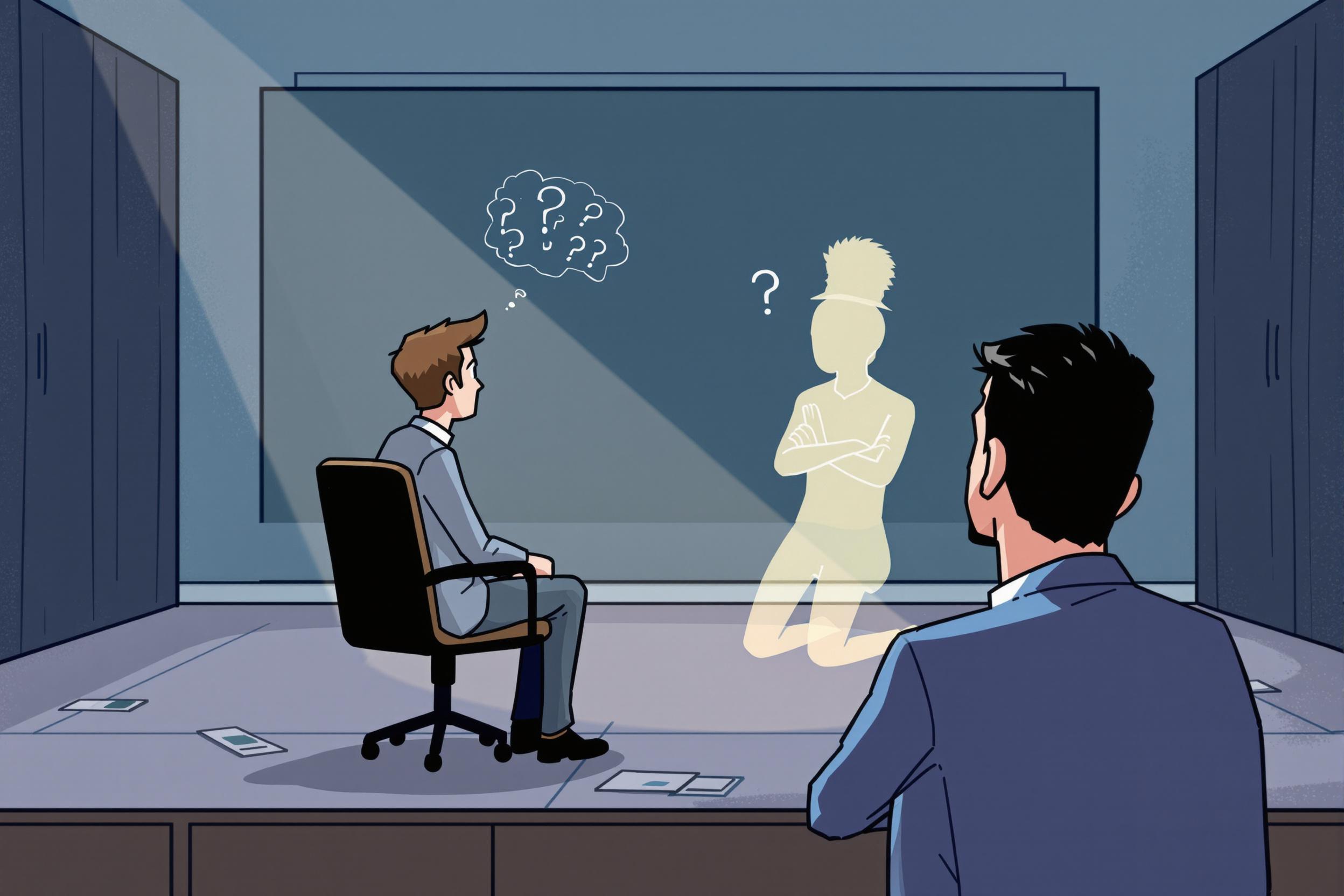
Blast Chilling
Blast chilling is a professional food cooling method used in restaurants and commercial kitchens to quickly and safely cool cooked food. It's like a super-powered refrigeration process that brings hot food to safe storage temperatures much faster than regular refrigeration. This process helps maintain food quality, extends shelf life, and ensures food safety standards are met. Restaurants use this method to prepare food in advance, manage busy service times better, and comply with health regulations. The term might appear in both "Blast Chilling" and "Blast Freezing" contexts, as they're related processes used in professional kitchens.
Examples in Resumes
Implemented Blast Chilling procedures to streamline kitchen operations and improve food prep efficiency
Trained staff on proper Blast Chilling techniques to maintain food safety standards
Managed kitchen inventory and prep using Blast Chiller systems for high-volume catering events
Typical job title: "Professional Chefs"
Also try searching for:
Where to Find Professional Chefs
Professional Associations
Online Communities
Job Resources
Example Interview Questions
Senior Level Questions
Q: How do you implement blast chilling in a busy kitchen operation to maximize efficiency?
Expected Answer: A senior chef should discuss planning production schedules, training staff on proper procedures, maintaining food safety standards, and coordinating between prep and service teams to optimize the blast chilling process.
Q: How do you ensure food safety when using blast chilling for different types of dishes?
Expected Answer: Should explain temperature monitoring, proper food handling procedures, documentation practices, and how to adjust cooling times based on different food types and quantities.
Mid Level Questions
Q: What are the benefits of blast chilling compared to regular refrigeration?
Expected Answer: Should explain how blast chilling preserves food quality, reduces bacterial growth, extends shelf life, and helps with kitchen workflow management.
Q: How do you properly use a blast chiller for different menu items?
Expected Answer: Should describe correct temperature settings, timing, portion sizes, and proper storage procedures for different types of food.
Junior Level Questions
Q: What basic safety procedures do you follow when using a blast chiller?
Expected Answer: Should mention proper food temperature checking, cleaning procedures, and basic operation of blast chilling equipment.
Q: How do you record and monitor blast chilling temperatures?
Expected Answer: Should explain basic temperature logging, using thermometers, and maintaining simple records for food safety compliance.
Experience Level Indicators
Junior (0-2 years)
- Basic operation of blast chilling equipment
- Temperature monitoring and recording
- Basic food safety knowledge
- Following established cooling procedures
Mid (2-5 years)
- Managing blast chilling schedules
- Training others on equipment use
- Menu planning with blast chilling
- Troubleshooting equipment issues
Senior (5+ years)
- Developing blast chilling procedures
- Kitchen workflow optimization
- Staff training and supervision
- Quality control management
Red Flags to Watch For
- No knowledge of basic food safety temperatures
- Unfamiliarity with health department regulations
- Lack of experience with commercial kitchen equipment
- Poor understanding of time management in food preparation
Related Terms
Need more hiring wisdom? Check these out...

Supercharge Your Candidate Screening: 7 Unorthodox Ways to Hire Faster Without Breaking a Sweat

Ghostbusting in Recruitment: How to Keep Candidates Engaged

Ghosted Again? How to Stop Candidates from Disappearing and Start Engaging Them Better

